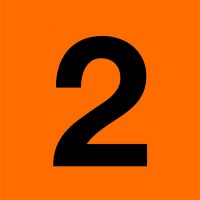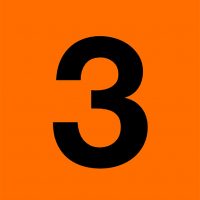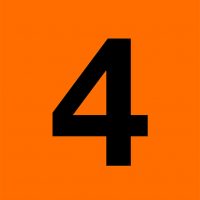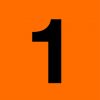
Brain Overview

Brain Overview Objectives
-
List different brain structures and their functions, including the lobes of the cerebral cortex.
-
Provide the characteristics of three brain disorders.
-
Describe the appearance of nervous tissues and the appearance and function of Purkinje cells of the cerebellum.
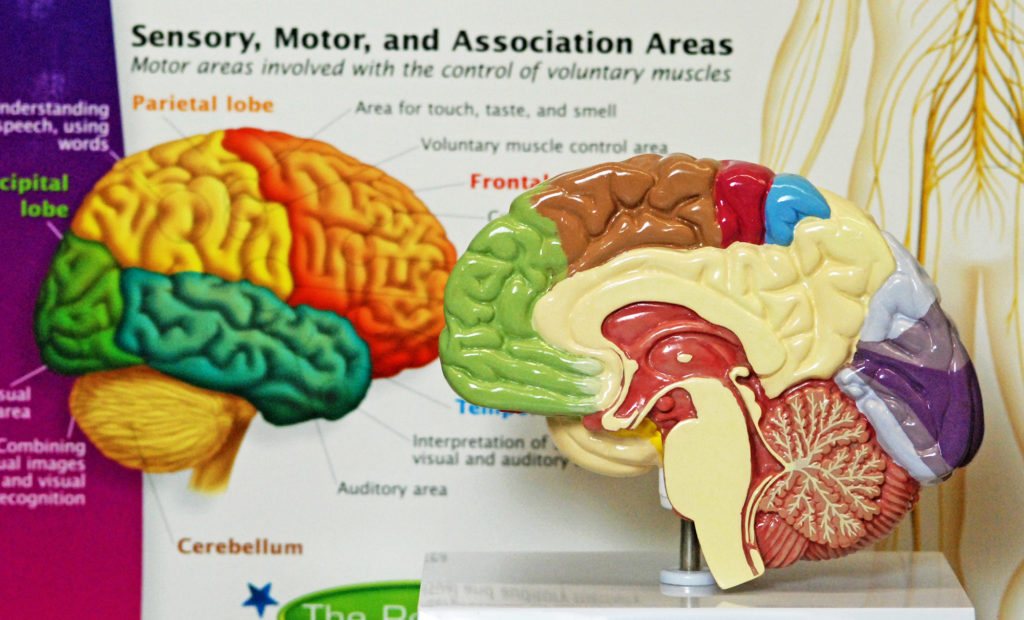
When you ask someone what is special structurally about humans compared to other animals, the answer is often “our brains.” We share similar brain structures to other species alive on Earth today, particularly other primates, but there are characteristics that are well-developed in the human brain.
For example, you can recognize that the brain in the photo is not a real brain, but a model of a brain. You can recognize that an object is not the “real thing” and realize it is a representation of reality. This is just one of several abilities made possible by the structure of our brains.
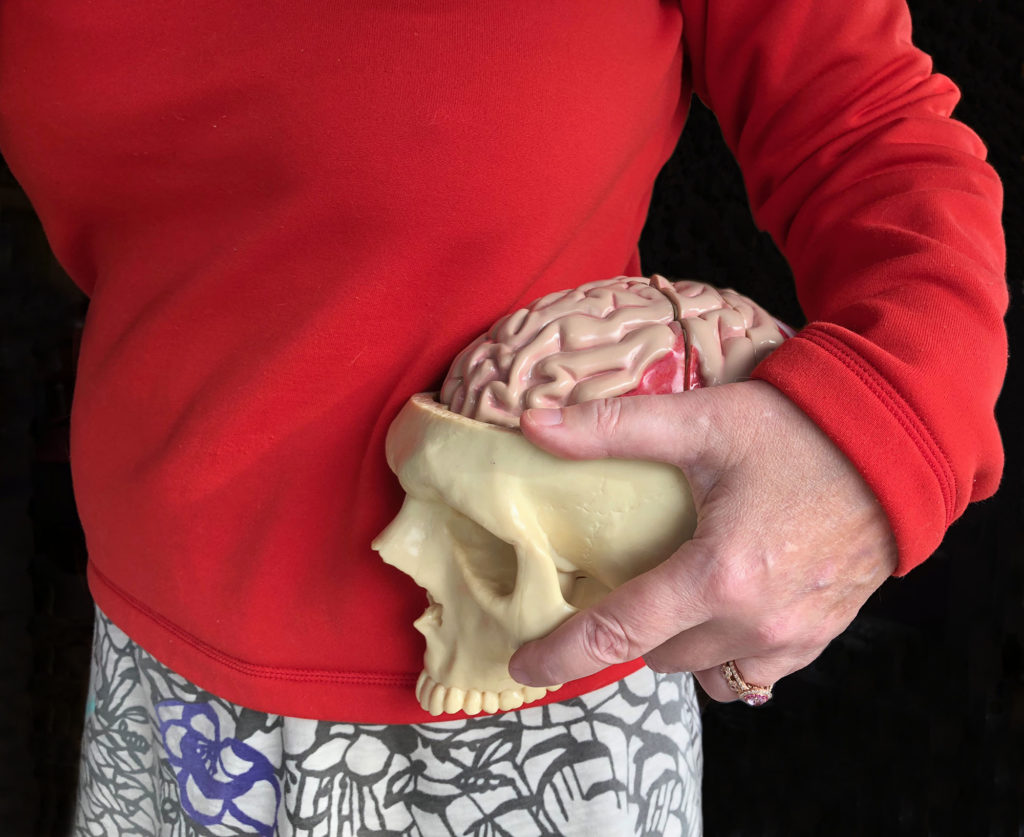
This video introduces basic brain structure and the interactions between brain cells.
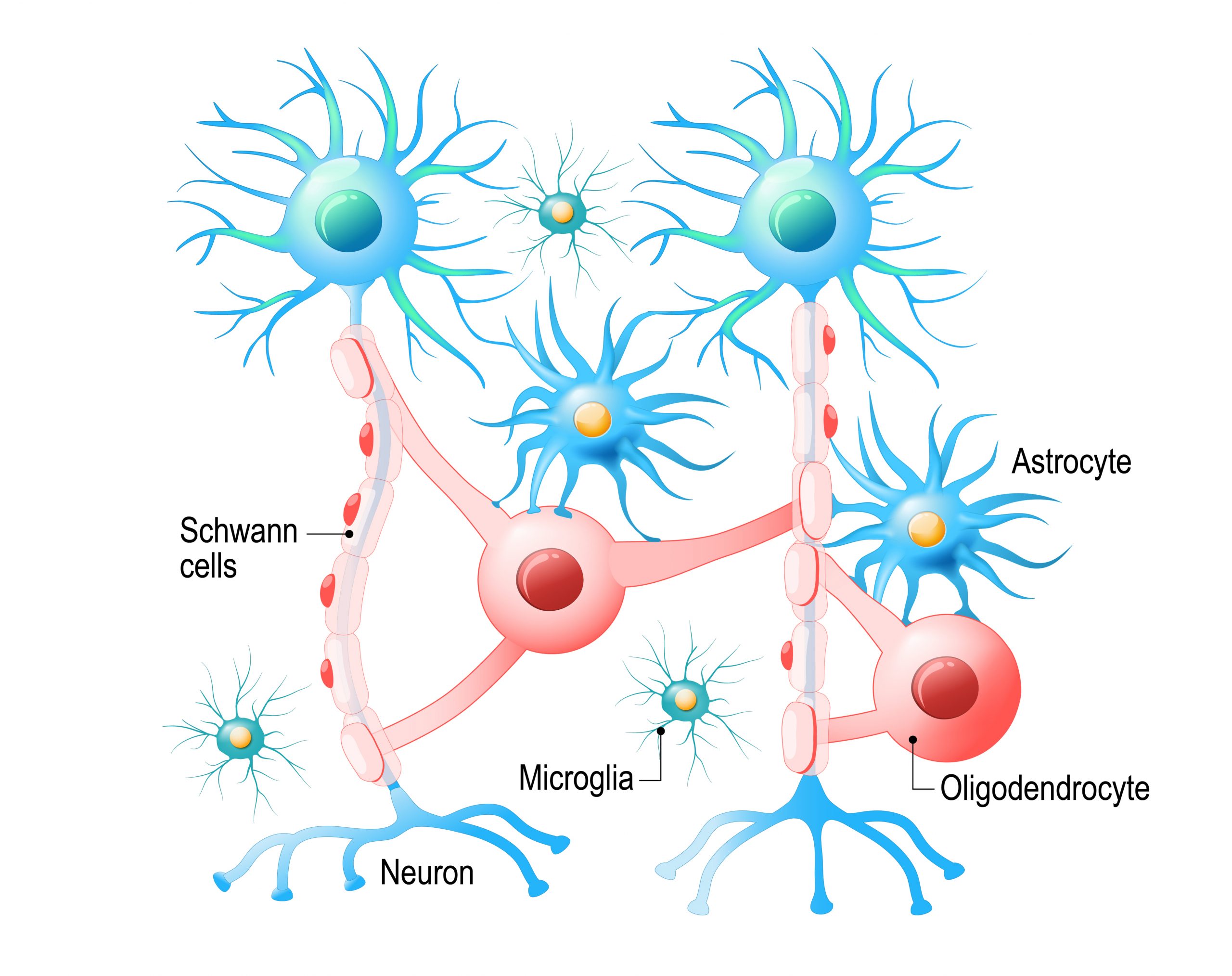
The brain is more than just neurons. _____ cells support the neurons, keeping them fed, protected, and anchored in place.
The brain is more than the massive folds of cerebral cortex, also called the “cerebrum.” This video shows a few of the other brain structures.
We have voluntary somatic motor control of many body parts. This video shows the parts of the parietal lobe of the cerebral cortex involved in receiving sensory information and outputting voluntary motor control.
There are many brain disorders. This video introduces a few that may be familiar. We will have additional brain disorders in the guide on human aging.
Neurons of the cerebral cortex
Organs of the nervous system are primarily comprised of nervous tissues. Cells of these tissues often have branching dendrites and come in a wide variety of shapes.
This video shows one of the most impressive of brain cells: the Purkinje cells of the cerebellum. Note how changes in these cells relate to disease.
It can be easy to lose perspective on the relative size and location of organs. This video demonstrates scale of organs within the head.
One of the best ways to learn (memorize and recall) information is to put together a model. This video demonstrates how parts of the brain fit together.
The next section introduces the senses and focuses in on vision.

Check your knowledge. Can you:
-
list different brain structures and their functions, including the lobes of the cerebral cortex?
-
provide the characteristics of three brain disorders?
-
describe the appearance of nervous tissues and the appearance and function of Purkinje cells of the cerebellum?


